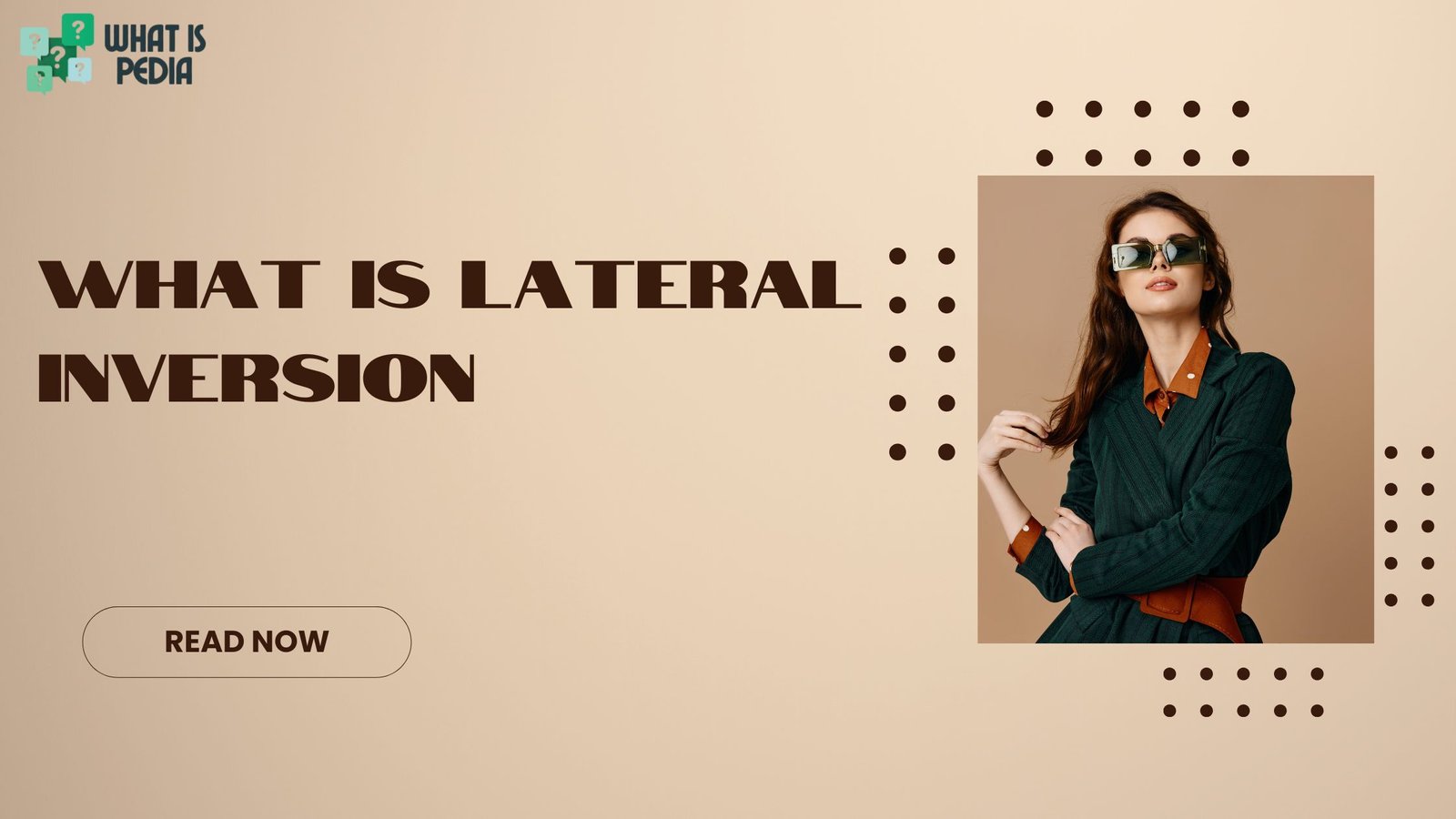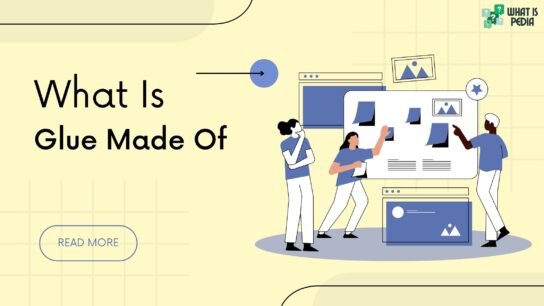Have you ever stood in front of a mirror and noticed how words on your T-shirt or the direction of your raised hand looks “swapped”? That fascinating phenomenon is called lateral inversion. It’s one of those everyday experiences that feels so ordinary, yet the science behind it is surprisingly deep and worth exploring.
In this blog, we’ll dive into what lateral inversion really means, why it happens, where we encounter it in daily life, and how it connects with science, technology, and even human culture. By the end, you’ll see your mirror in a whole new way.
Understanding the Term “Lateral Inversion”
The phrase comes from two words:
-
Lateral → relating to the side.
-
Inversion → turning upside down or reversing.
So, lateral inversion means the left and right sides of an object appear swapped in a mirror image.
If you raise your right hand, the mirror shows a hand raised on the opposite side. To your eyes, it looks like your left hand went up instead. Importantly, though, the mirror doesn’t actually “flip” you—it just reverses depth (front to back), and our brain interprets that reversal as a swap of left and right.
How Mirrors Work: The Science Behind It
To really grasp lateral inversion, we need to revisit the basics of how a mirror functions.
-
Reflection of light
A mirror works by bouncing light back. Light rays hit the mirror’s surface and reflect back at the same angle they arrived. This is known as the law of reflection:-
Angle of incidence = Angle of reflection.
-
-
Virtual image formation
The image you see in a flat mirror is not a real object but a virtual image formed behind the mirror. The distance of the image behind the mirror equals the distance of the object in front of it. -
Front-to-back reversal
The crucial point: mirrors reverse along the axis perpendicular to their surface. That means the “front” of you (facing the mirror) becomes the “back” in the reflection.
Since our bodies are roughly symmetrical, the brain interprets this front-to-back reversal as a left-right flip. That is why your reflection seems to be inverted laterally, not vertically.
Everyday Examples of Lateral Inversion
Lateral inversion isn’t just a fun mirror trick—it shows up all around us. Here are some common situations where you’ve probably seen it in action:
-
Writing in the mirror
If you hold a page with text in front of a mirror, the words look reversed. To read them correctly, you’d have to write in “mirror writing” (backward). -
Car mirrors
Ambulances and emergency vehicles often write the word AMBULANCE in reverse on the front of their vehicles. This way, when drivers see it in their rear-view mirrors, it appears the right way around, making it instantly readable. -
Self-grooming
Combing your hair, applying makeup, or adjusting your clothes in front of a mirror is possible only because of lateral inversion. Without realizing it, your brain adapts to the flipped view. -
Photography and selfies
Smartphone selfie cameras often show a mirror image while previewing but flip it back after capturing. This leads to the amusing effect where you feel your face looks “different” in photos versus mirrors.
Why Don’t Mirrors Flip Top and Bottom?
This is one of the most puzzling questions for students learning about lateral inversion. If mirrors can flip left and right, why not top and bottom?
The answer lies in geometry and perception. A mirror doesn’t actually flip left to right—it flips front to back. The reason we interpret it as left-right is because we usually rotate ourselves along the vertical axis (imagine turning around to face the same way as your mirror image). When we do that, our left and right switch, but our top and bottom do not.
So, it’s all about how we humans choose to compare ourselves with the image, not about the mirror deliberately choosing sides.
Experiments to Understand Lateral Inversion
Science becomes more fun when we try it ourselves. Here are some simple experiments you can do at home or in the classroom to understand lateral inversion better:
1. The Hand Test
Stand in front of a mirror and raise your right hand. Notice how the mirror image raises the opposite hand. Try with your left hand—it flips again.
2. The Writing Test
Write your name on a piece of paper and hold it in front of the mirror. You’ll see every letter reversed. Now try writing your name backward and see how it looks correctly in the mirror.
3. Two-Mirror Setup
Place two mirrors at right angles (90°). Place an object between them. You’ll notice that the double reflection cancels out the lateral inversion, and the object appears in its normal orientation. This principle is used in devices like periscopes.
4. Spoon Experiment
Look at your face in the back of a shiny spoon. One side acts like a concave mirror, while the other acts like a convex mirror. Depending on the curvature, you may see both lateral and vertical inversion together.
Lateral Inversion in Science and Technology
This simple mirror effect plays a surprisingly big role in scientific instruments and modern technology.
-
Medical Instruments
Doctors use mirrors in dental tools and endoscopes. Understanding lateral inversion helps them maneuver instruments inside the body without confusion. -
Microscopes and Telescopes
Many optical devices use multiple lenses and mirrors. Depending on how many reflections occur, images may appear inverted laterally, vertically, or both. Engineers design these systems to minimize confusion. -
Vehicles and Transportation
The reversed “AMBULANCE” lettering is a direct application of lateral inversion in public safety. It ensures critical information is readable instantly in mirrors. -
Virtual Reality and Simulations
VR headsets and simulators often have to correct for inversion caused by lenses and mirrors so that users perceive the environment naturally.
Psychological and Cultural Aspects
Lateral inversion isn’t just about physics—it also affects how we see ourselves and how cultures represent reflection.
-
Why we prefer our mirror self
Most people find their reflection in the mirror more familiar than their photograph. That’s because we’re used to seeing ourselves laterally inverted. When a photo shows our “true” orientation, it feels slightly off. -
Art and Literature
Mirrors and inversion often symbolize duality, hidden truths, or alternate realities in stories and myths. Think of Lewis Carroll’s Through the Looking-Glass, where the entire world operates as a mirror opposite. -
Superstitions
Across cultures, mirrors have been linked to luck, souls, or supernatural dimensions. Part of this mystery may stem from the strange, reversed way they present reality.
Common Misconceptions About Lateral Inversion
Let’s clear up some frequent misunderstandings:
-
“The mirror flips left to right.”
No—it flips front to back. We perceive it as left-right. -
“Only flat mirrors show inversion.”
Actually, curved mirrors (concave or convex) also invert images, sometimes both laterally and vertically depending on the shape and position. -
“The mirror image is real.”
It’s a virtual image—light rays don’t actually converge behind the mirror. Your brain constructs the image as if it’s there.
The Fascination of Mirror Writing
Mirror writing is when text is deliberately written in reverse so it looks correct when seen in a mirror. Interestingly, some famous figures like Leonardo da Vinci often wrote his notes in mirror writing. Historians debate whether he did this for secrecy, efficiency (he was left-handed), or simply because it felt natural to him.
Today, mirror writing is sometimes used in design, entertainment, or puzzle challenges. It’s also a quirky way to test your brain’s adaptability to lateral inversion.
Final Thoughts
Lateral inversion may seem like a simple quirk of mirrors, but it opens a window into physics, human perception, technology, and even art. From ambulances on the road to selfies on your phone, this little trick of light and perspective shapes how we interact with the world.
Next time you look in the mirror, remember—it’s not just your reflection staring back, but also centuries of science, curiosity, and wonder behind that simple flip.
Digital empowerment is the process of enabling individuals, communities, and organizations to effectively use digital technologies for learning, communication, productivity, and problem-solving. It goes beyond just having access to devices or the internet—it’s about gaining the skills, confidence, and opportunities to participate fully in the digital world. Through digital empowerment, people can improve their education, enhance job prospects, expand businesses, access essential services, and contribute to social and economic development. In short, it’s about leveraging technology to create equal opportunities and transform lives.







